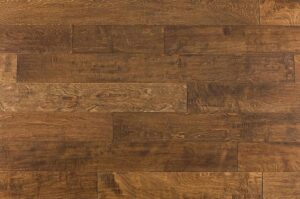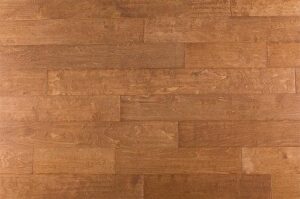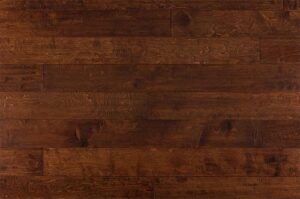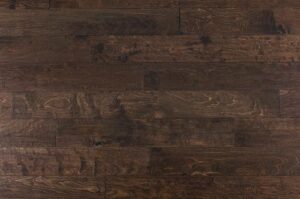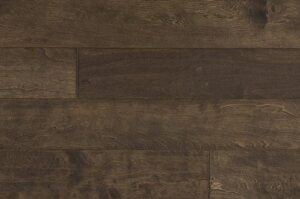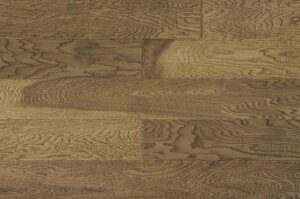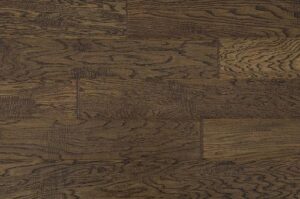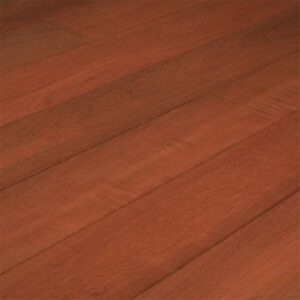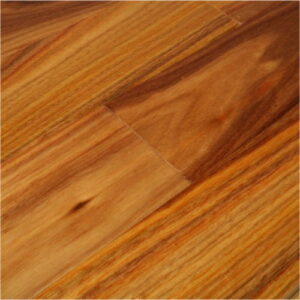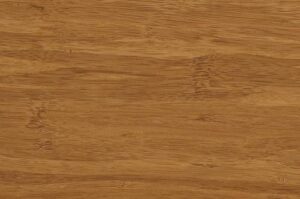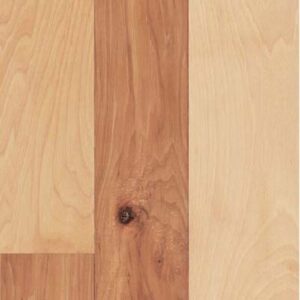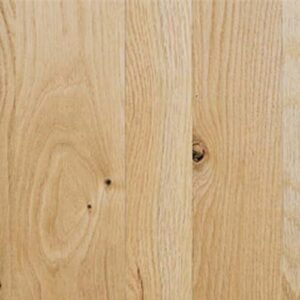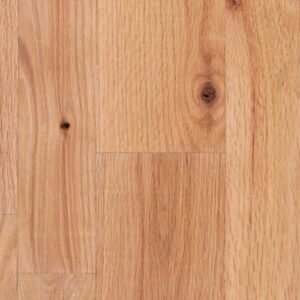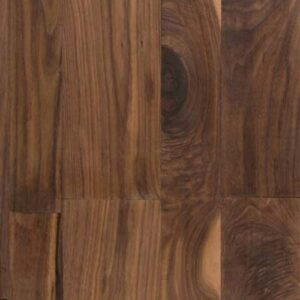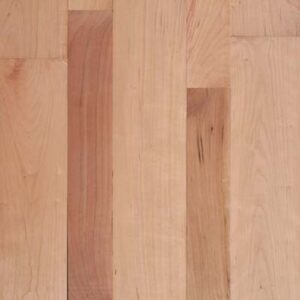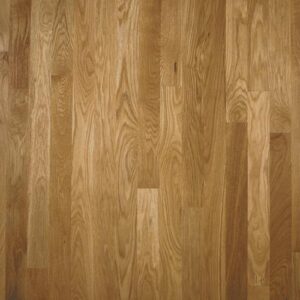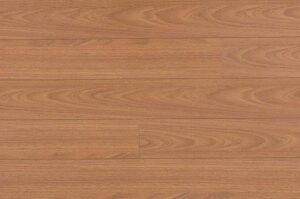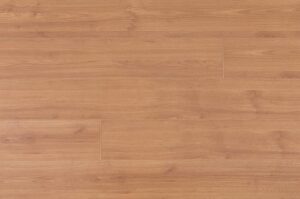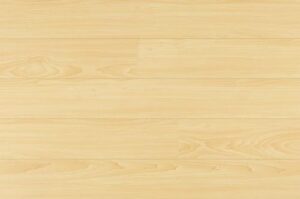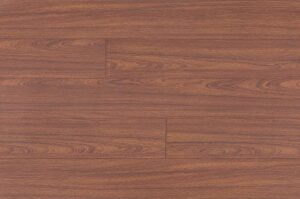Solid Wood Floors
Prefinished Wood Floors
There are two types of hardwood flooring: unfinished and prefinished. It is faster to install the prefinished and also less labor-intensive. This is because the finish is already applied, and it just needs to be installed. However, the beauty of a sanded finished hardwood floor cannot be matched with prefinished flooring. Always remember: The quality of the finished floor is directly related to the quality of the subfloor!
These are the new mainstream products in hardwood flooring. They can be acrylic impregnated, engineered, or solid. They have a tough factory finish, which is the main reason for their popularity.
They are also very easy to install and eliminate the need for messy sanding. Most prefinished floors done within the last ten years are urethane finished. Test this by placing a few drops of water on an obscure area. If the area turns white after 15 minutes, you have a waxed finish. Older floors are likely to have shellac or varnish finishes. Unfortunately, these do not work well with the newer urethane finishes and must be completely removed if you want a urethane finish. There is also likely to be some amount of aluminum oxide in the newer prefinished floors.
Styles of Wood Floors
Strip Flooring: Strip flooring ranges from 1-½" to 3″ wide, and creates a linear effect in a room, often making the room appear larger. Strip flooring generally is considered "traditional" wood flooring.
Plank Flooring: Plank flooring typically ranges from 3″ to 7″ wide. While plank flooring is linear, like strip flooring, its wider widths often create a more casual look.
Parquet Flooring: Parquet flooring can vary in size and usually generates a geometric, non-linear look. Parquet flooring can be simple in design or somewhat complex.

